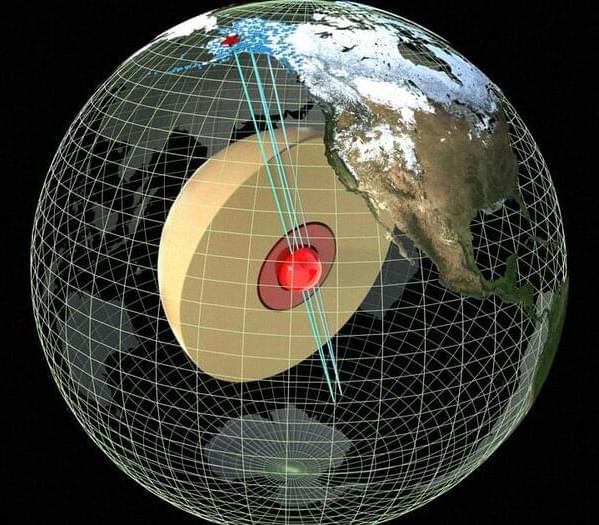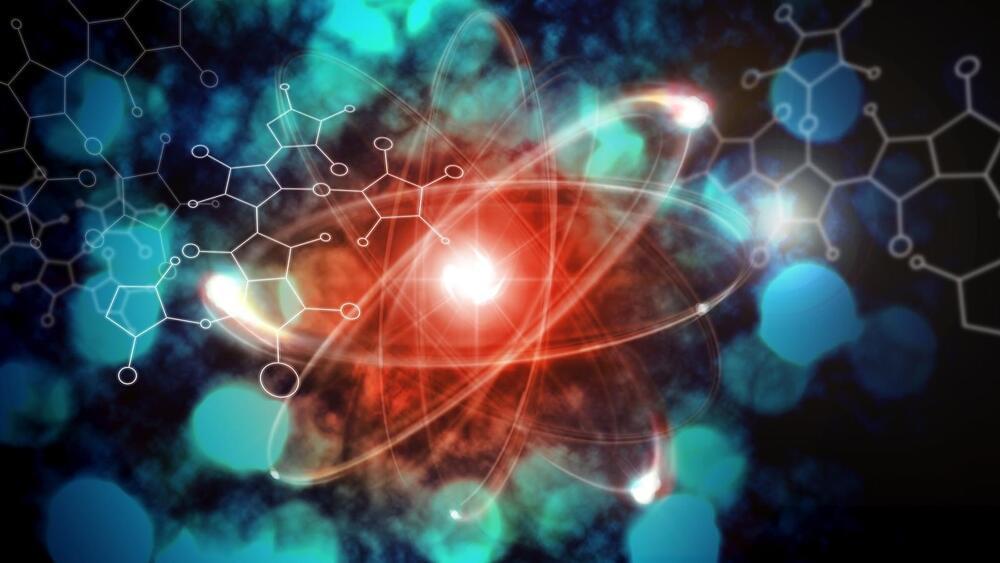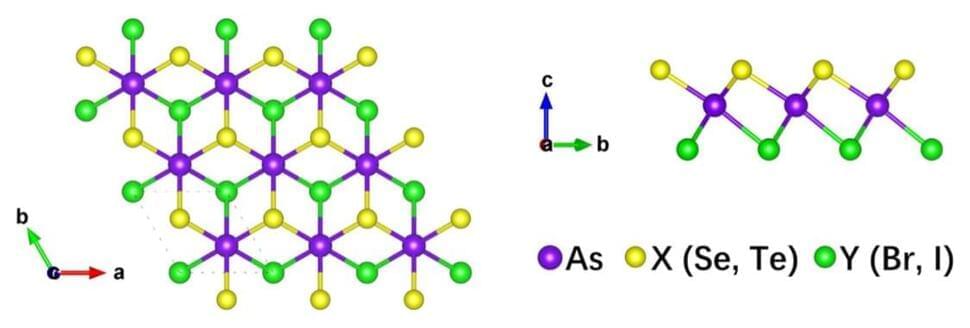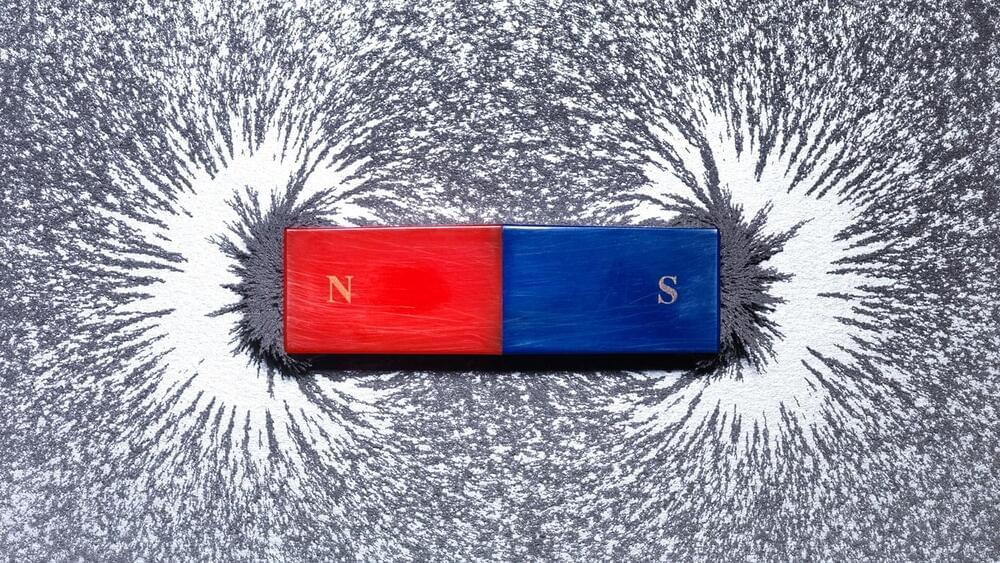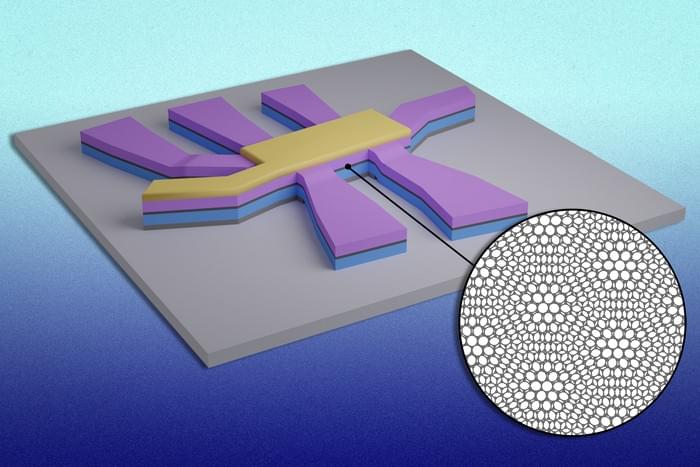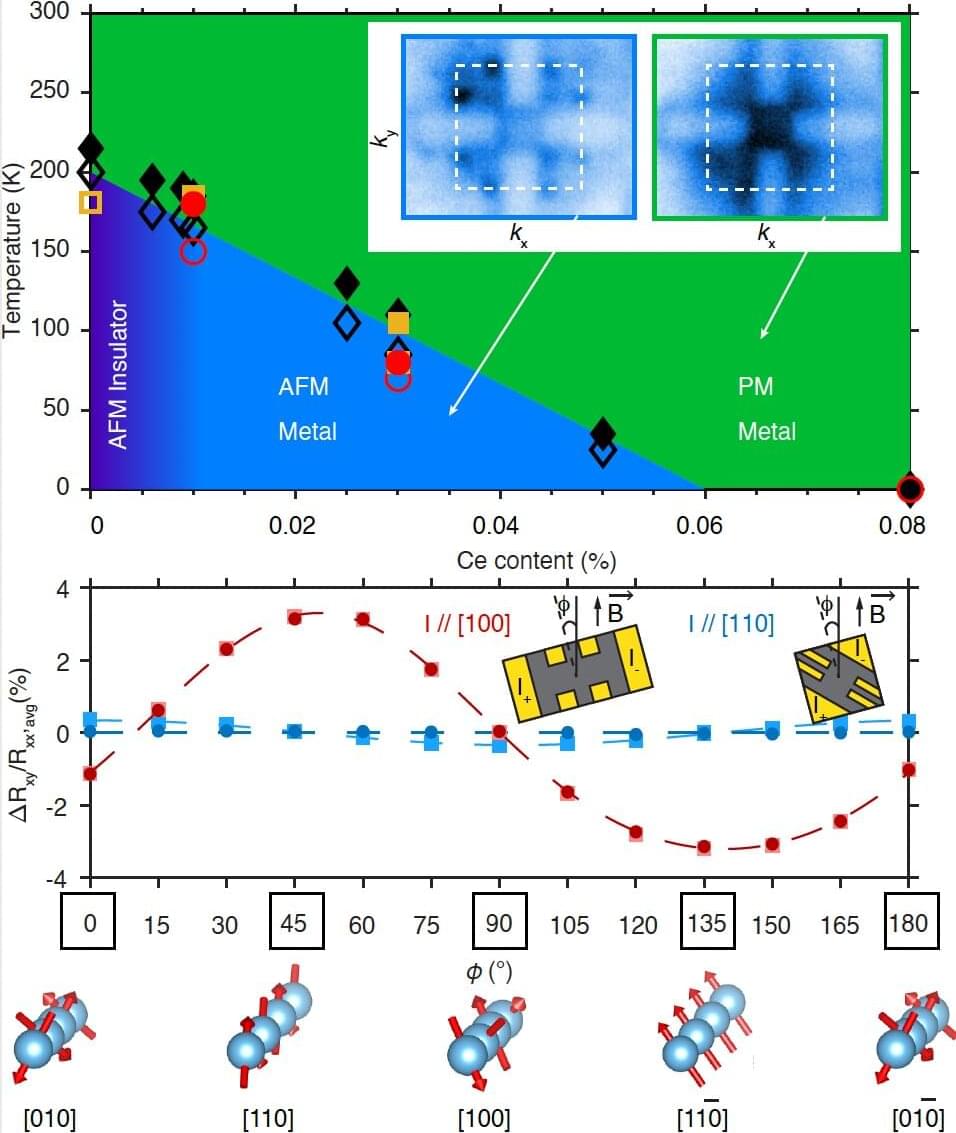Feb 25, 2023
Scientists Discover Gigantic Solid Metal Ball Inside the Earth’s Core
Posted by Paul Battista in category: particle physics
Researchers have discovered a new, innermost layer nestled inside our planet’s inner core, a 400-miles solid metallic ball that responds to the reverberating shockwaves of earthquakes in an unexpected way.
As detailed in a new paper published this week in the journal Nature Communications, a team of two seismologists from the Australian National University found that the Earth has an “innermost inner core,” which may have been formed following a “significant global event from the past.”
“Clearly, the innermost inner core has something different from the outer layer,” lead author Thanh-Son Pham, a seismologist at the Australian National University, told The Washington Post. “We think that the way the atoms are [packed] in these two regions are slightly different.”
